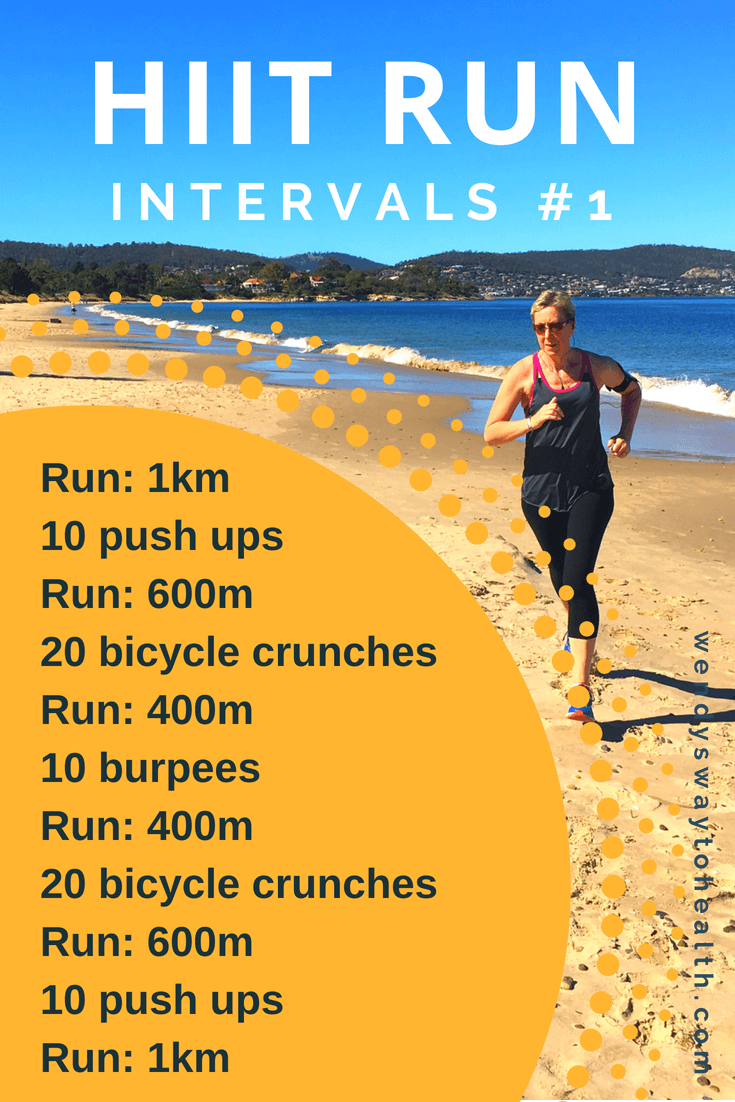How to avoid and Handle Pain in Running: Specialist Tips and Suggestions
As joggers, we usually locate ourselves captured between the exhilaration of pressing our physical limits and the discomfort that can accompany it. The pursuit of that jogger's high can occasionally be prevented by the unwanted friend of pain. Whether you are a seasoned marathoner or a beginner hitting the sidewalk for the very first time, the bothersome presence of pain and pain is a common measure. However, there exist tried and tested methods and professional guidance that can aid reduce and manage these pains, allowing you to concentrate on the pleasure of running itself.
Value of Correct Footwear
Appropriate shoes plays a vital role in stopping and taking care of pain for runners, as it dramatically affects their convenience, efficiency, and overall foot health and wellness. When it involves running, wearing the right shoes can make all the difference. Ill-fitting or inappropriate shoes can lead to a host of issues such as blisters, shin splints, plantar fasciitis, and also extra severe injuries like tension fractures.
Picking the correct running shoes involves thinking about aspects such as foot kind, stride technicians, running surface, and personal preferences. Joggers with high arches may need more cushioning and support, while those with level feet might gain from security shoes. Additionally, comprehending pronation (the inward rolling of the foot) and supination (the outward rolling of the foot) can help in selecting shoes that offer the best level of arch support.
Buying high quality running shoes that are suitable for your individual needs can help protect against pain and pain while enhancing your running experience. Focusing on correct shoes is not almost performance but also concerning safeguarding your foot health in the long run.
:max_bytes(150000):strip_icc()/effective-30-minute-running-workouts-2911891-0927-70272e09ac83449cadb9f1ce51656c0c.jpg)
Reliable Workout Strategies
A dynamic workout regimen prior to a run aids raise blood circulation to the muscle mass, improves adaptability, and enhances the range of motion of the joints. Dynamic stretches like leg swings, high knees, and hip circles are useful in preparing the body for the physical needs of running.
In addition to vibrant stretches, integrating some light cardio workouts such as running or skipping rope can further boost the heart rate and heat up the body. This mix of dynamic extending and light cardio aids loosen tight muscle mass, oil the joints, and mentally prepares the runner for the upcoming exercise (running strategy). By making warm-ups a regular part of your running regimen, you can significantly minimize the risk of injuries and carry out at your ideal during each run
Secret Extending Exercises
When getting ready for a run, including essential extending workouts is necessary to boost muscle versatility and stop injuries - Read More. Dynamic extends such as leg swings, high knees, and hip circles are useful for heating up the muscle mass and check out here increasing variety of motion prior to a run. These movements assist boost blood flow, loosen limited muscular tissues, and prepare the body for the activity ahead
Fixed stretches like calf bone stretches, hamstring stretches, and quadriceps stretches should comply with a go to aid in muscle recuperation and prevent tightness. Holding each go for 15-30 secs allows the muscles to kick back and extend, minimizing the risk of post-run soreness and prospective injuries.
In addition, incorporating yoga presents like descending pet, pigeon pose, and spine spins can target numerous muscular tissue groups simultaneously, promoting total versatility and strength. Constant stretching regimens not only improve performance however also assist in keeping good running type and protecting against overuse injuries. Bear in mind, appropriate stretching methods are vital for a risk-free and delightful running experience.
Recuperation and Rest Methods
After completing a run, executing reliable healing and rest strategies is essential for taking full advantage of performance and decreasing the danger of injuries. Additionally, including rest days into your training timetable is important to prevent overuse injuries and fatigue.
Energetic recuperation techniques such as gentle extending, foam rolling, and yoga can help enhance blood circulation, lower muscle discomfort, and enhance versatility. It is likewise beneficial to focus on hydration and nourishment post-run to replenish electrolytes, glycogen stores, and promote muscle mass recuperation.
Cross-training tasks like swimming or biking can offer a break from the repeated effect of running while still keeping cardiovascular physical fitness - running workout. Paying attention to your body and identifying when it requires a break is vital to stop chronic injuries and guaranteeing long-lasting running success. Keep in mind, remainder is not an indication of weak point but a crucial component of an all-around training program
Cross-Training Perks

It permits you to work on various aspects of health and fitness that might not be targeted solely with running, leading to a more balanced and versatile athlete. Furthermore, cross-training can assist boost running effectiveness by addressing muscular discrepancies and weak points that may prevent performance.
Verdict
Finally, correct footwear, warm-up methods, extending workouts, recovery methods, and cross-training are vital parts in preventing and handling pain in running. By incorporating these methods right into your regimen, you can minimize the risk of injury and discomfort while making best use of performance and enjoyment of the sporting activity. Read More. Keep in mind to pay attention to your body, focus on rest and recuperation, and look for professional support when required to guarantee a secure and effective running experience